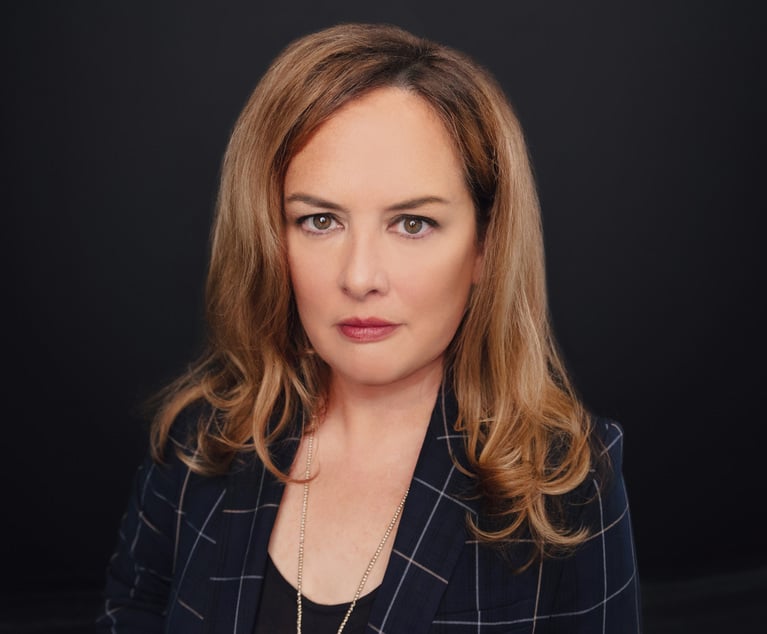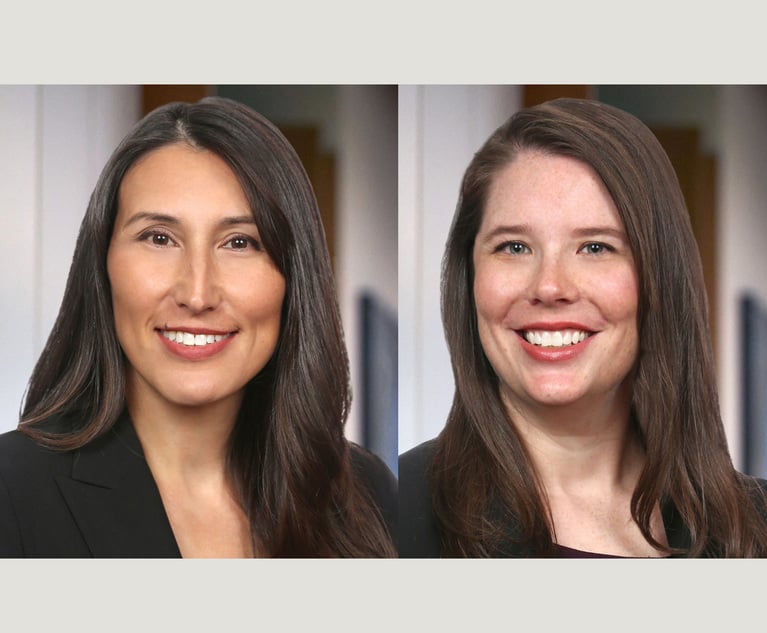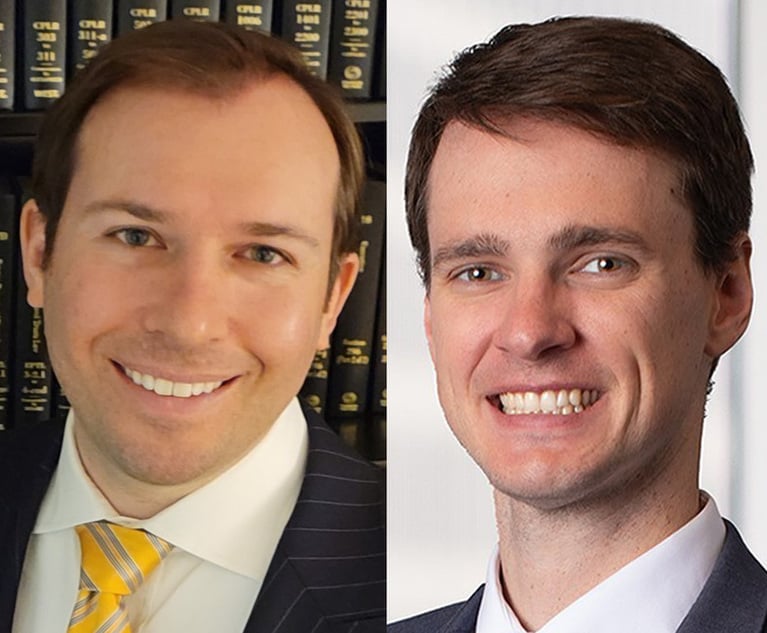Chief Justice John G. Roberts Jr. on May 3 directed the U.S. Supreme Court’s marshal, Gail Curley, to internally investigate the May 2 leak of the draft opinion of Dobbs v. Jackson Women’s Health Organization—which struck down Roe v. Wade and Planned Parenthood v. Casey—to the political newspaper Politico.
On Jan. 19, the Supreme Court published Curley’s 20-page report of findings and recommendations on its website. A statement of the court that accompanied the report stressed Curley’s thoroughness, noting that her team had spent months analyzing forensic evidence and had interviewed nearly 100 witnesses. However, members of the public and the media perceived the investigation as biased, self-serving and unfair, as Curley’s team treated justices gingerly but subjected other witnesses to more intense scrutiny. While Roberts may have had good reasons for keeping the investigation in-house, the Supreme Court—like any entity tasked with investigating one of its own—may have benefitted from utilizing an external investigator.
Background: Architectural Underpinnings of Curley’s Investigation
This content has been archived. It is available through our partners, LexisNexis® and Bloomberg Law.
To view this content, please continue to their sites.
Not a Lexis Subscriber?
Subscribe Now
Not a Bloomberg Law Subscriber?
Subscribe Now
LexisNexis® and Bloomberg Law are third party online distributors of the broad collection of current and archived versions of ALM's legal news publications. LexisNexis® and Bloomberg Law customers are able to access and use ALM's content, including content from the National Law Journal, The American Lawyer, Legaltech News, The New York Law Journal, and Corporate Counsel, as well as other sources of legal information.
For questions call 1-877-256-2472 or contact us at [email protected]


 Jack Morse, left, and Neil Bautista, right, of Oppenheimer Investigations Group. Courtesy photos
Jack Morse, left, and Neil Bautista, right, of Oppenheimer Investigations Group. Courtesy photos




